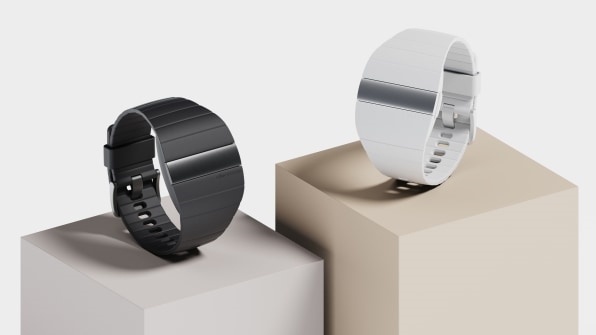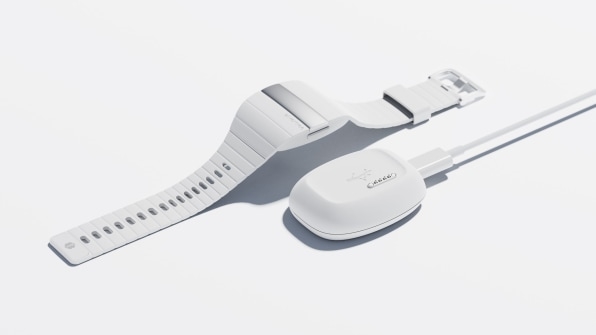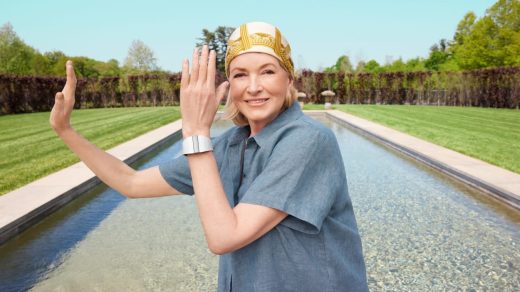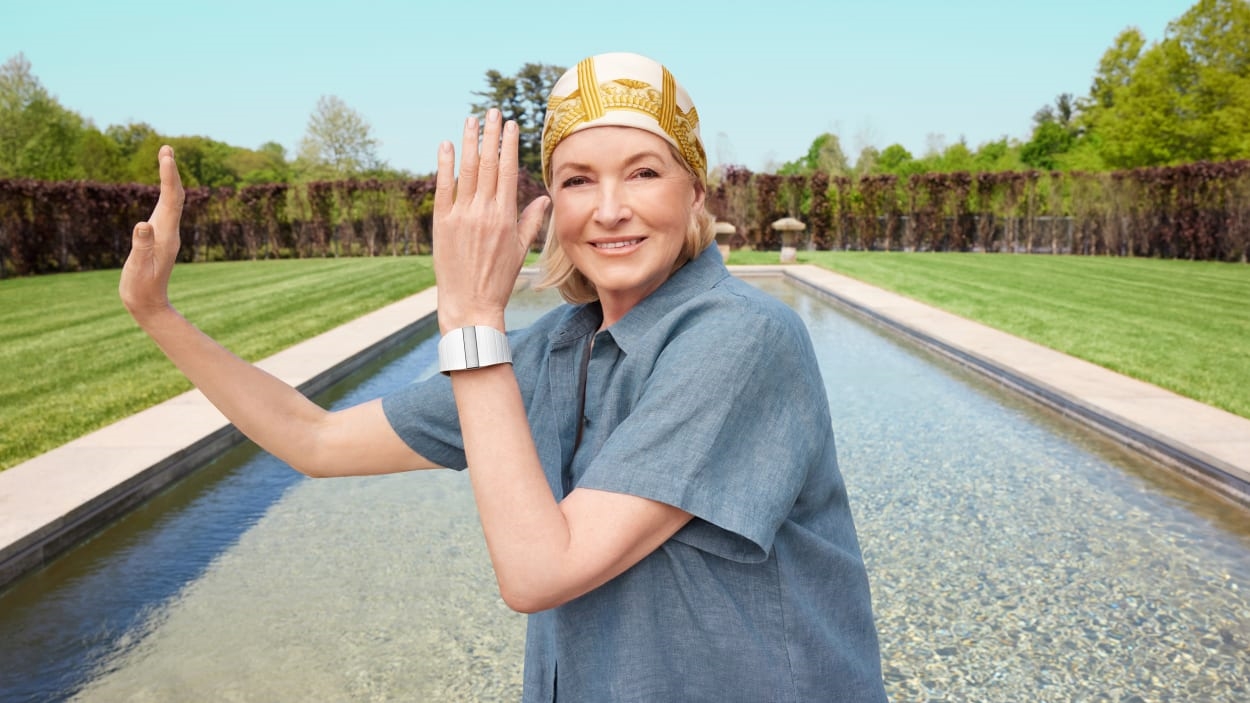This Martha Stewart-backed wearable wants to encourage active aging
Even if you haven’t seen it, you’ve probably heard the phrase “I’ve fallen and I can’t get up.” Uttered in a 1989 ad for emergency medical alert company LifeCall and since turned into the tagline for LifeAlert (as well as several viral parody videos), the phrase—and the accompanying image of an older woman struggling on the floor—is the first thing many people envision when they think about who might need a medical alert device.
“It’s a meme at this point, and it’s the easiest way to explain the category to someone, but people don’t think of themselves like that anymore,” says Dan Josebachvili, founder of wearable-maker Silvertree. His company’s first product—the sleek, wrist-worn Silvertree Reach—launched in June. With fall detection and an “SOS” button, as well as a companion app and customizable network of people who receive alerts about falls, the product is designed to give active users peace of mind.
When he started conceiving of a new alert device for older users, Josebachvili wanted to avoid having it associated with helplessness. Instead, he wanted to emphasize the active lives that older people are living. “My parents are more active now than they were in their 40s and 50s,” he says.

Rather than market to potential users “like they are in some state of increased dependency when that’s just not the reality anymore,” Josebachvili says he focused on positioning the product as a valuable tool for someone who keeps busy but wants some extra security.
It started with the design. Josebachvili enlisted Fred Bould of Bould Design, which has been behind such products as the Nest thermostat, Roku remote, Eero mesh Wi-Fi pucks, and Vestaboard. Bould and Silvertree tossed out the industry-standard pendant-style device and went for a unisex product that’s easier to incorporate into daily life. “We landed on this form that was sleek, discreet, and wouldn’t preclude someone from wearing it to a dinner party or a fitness class—or from wearing their existing [watch],” Josebachvili says.

The $149 Silvertree Reach (which also requires a subscription for $25 per month or $240 per year), pairs with the company’s app and allows users to create a network of family, friends, and neighbors, who get alerted when the device is triggered, either manually or via built-in fall detection. If nobody in that network responds within five minutes (by calling the user or even deciding to call an ambulance), Silvertree contacts emergency services. As a former first responder, Josebachvili says he didn’t want his device to contribute to false alarms, and he wanted to create a network around the person wearing a device.
“When we thought about the design, we asked, ‘How do we build something that also creates this little ecosystem of collaborative care?’” he says. “There’s a huge emotional and financial cost of an ambulance showing up at your house that we’re trying to avoid, and we’re putting the choice of care back into the hands of the family, as opposed to this perpetual flywheel of escalation that the system was built upon.”

Silvertree’s focus on keeping loved ones informed, rather than emphasizing emergency response, helped bring the company its most well-known user: Martha Stewart. “A couple of years ago, I started to look into devices that would make me feel more secure in terms of being a very active person,” Stewart tells Fast Company. “I wanted a device that would alert my friends, my family, in case something happened.”
At 81 years old, Stewart is a high-profile proponent of active aging. Earlier this year, she became the oldest woman on the cover of the Sports Illustrated swimsuit issue. And she keeps busy: horseback riding, gardening, and running an empire that includes a CBD brand, a podcast, and a Las Vegas restaurant.
She says she learned about Silvertree from one of the brand’s board members and investors after she had tried other emergency alert products and found them lacking. The company’s ability to equip the Reach with 10 days of battery life was a big selling point, as was the positioning of the device as “for anybody on the go who wants to feel that if something untoward happens they’ll be helped,” she says.
With the Silvertree Reach out in the world, Josebachvili says the company is looking to raise venture funding to grow the company and build out the device’s features—but with intention. “If we can build a brand and an ethos that is all about confidence and not fear,” he says, “we can really change a category that is in desperate need of some help.”
(15)



